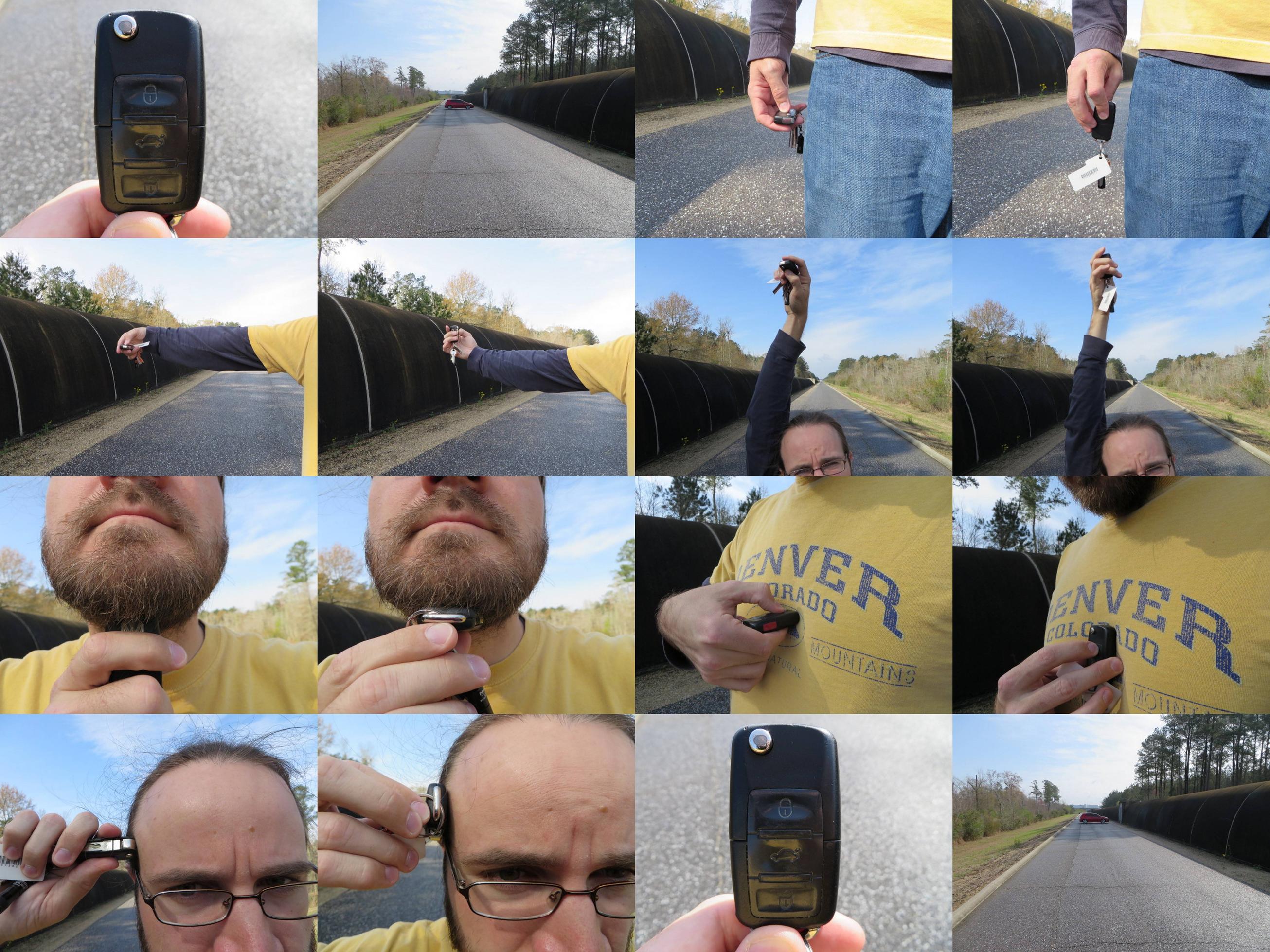Are you sure holding it to your head really makes it better? Your experiment is very poorly designed because you have only sampled instances where the remote wasn't working when your head wasn't in the picture. This is blatant selection bias.
No doubt, putting the remote near your head (or anything else conductive) will significantly alter the electromagnetic radiations of the remote. But is it better, or just different? If it wasn't working to start, then you changed something, then it worked, that doesn't mean it's better. You need to also try holding it to your head, then find instances where that doesn't work, then try using the remote normally.
It's a common flaw in human reasoning at work here. People like to attribute success in some random or complex process to some ritual (in this case, putting the remote on your head) rather than simply realizing the success was due to an unrelated perturbation of the system, or simply another trial. Here's a familiar (at least, to people of the right age) instance of this flaw:

The NES had game cartridges that were notoriously unreliable. The culprit was a cheaply designed electrical contact. Child wisdom had it that taking the cartridge out, vigorously blowing into the cartridge, and putting it back in would fix it. Each clan of children probably had some variation on this ritual, with important details, such as pushing the cartridge up and down a couple times, shaking the cartridge, leaving the door open, pressing the reset button multiple times, and so on. In reality, removing and re-inserting the cartridge and rebooting the NES just introduced another trial, and eventually it worked. The rest is insignificant ritual and superstition. (But don't tell any kids from the 80's that -- they won't believe you!)
That's not to say it's not possible your head does improve the remote's range. Indeed, your head will be inductively and capacitively coupled to the antenna. Significant RF currents will exist in your head, and some of this energy will be radiated, and your head will radiate differently than the antenna in the remote.
Perhaps, by virtue of your head's increased size, it makes a more efficient antenna. It's also possible, by virtue of your head's lower conductivity compared to copper, that it's a less effective antenna. It's also possible your head will act as a reflector, directing more of the radio's energy at the car. It's also possible your head will refract the waves away from the car.
The point is we don't know. All the research I've done turns up anecdotal evidence at best, by people who are not RF engineers performing similarly poorly designed experiments, or people who have talked to "an expert". I've never seen data collected by a qualified engineer with proper test equipment.




